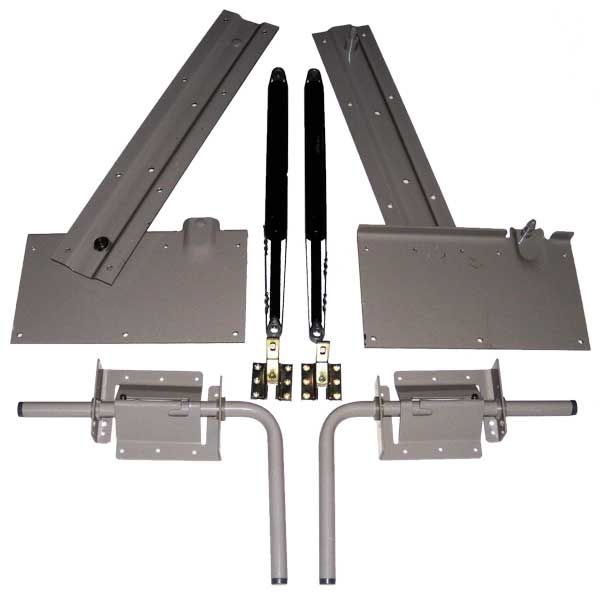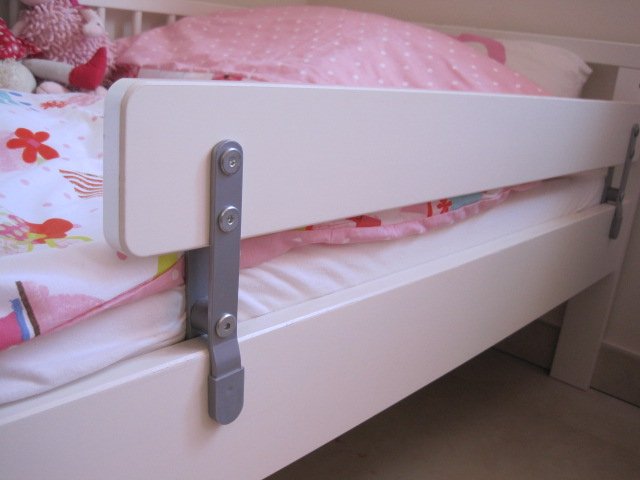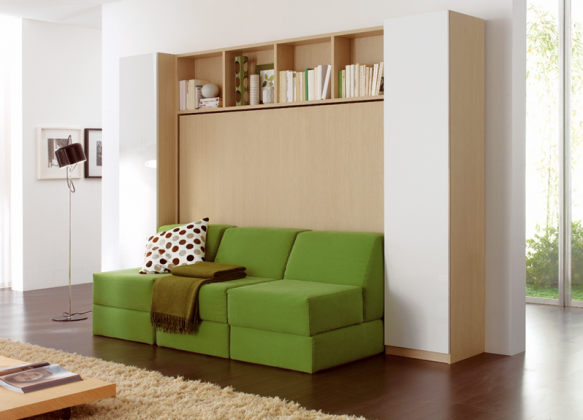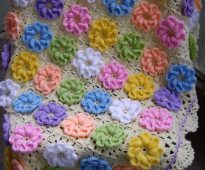 How to tie a magnificent crocheted floral blanket: a detailed description of the scheme and technology
How to tie a magnificent crocheted floral blanket: a detailed description of the scheme and technology
How to make your own hands simple and beautiful crocheted napkins?
Simple and beautiful napkins and tablecloths only at first glance seem so. In fact, the craftswomen who are engaged in knitting these decorative items go through many stages in order to make this small piece of linen. And each of them is described in detail in this article.
The symbol of home warmth, snow-white purity and comfort - crochet napkins.
Content
- 1 Appointment knitted napkins
- 2 Instructions on how to read a knitting pattern
- 3 Conditional abbreviations in text descriptions
- 4 Work techniques and recommendations to facilitate the knitting process
- 5 Crochet napkins: detailed diagrams and tutorials
- 6 Conclusion
- 7 VIDEO: Crochet openwork napkin.
- 8 50 variants of crocheted napkins:
Appointment knitted napkins
The main purpose of knitted napkins is decor. With the help of such small items you can decorate the interior of the room by laying them on different horizontal surfaces. What creates an atmosphere of comfort, comfort and family inheritance.
Once upon a time, these masterpieces of needlework covered practically all possible surfaces.
Also, with proper processing of the napkin, it can also be used for the second, third and fourth purposes. For example, they can be used to decorate home sleeping textiles, make lamp shades of them, insert them into furniture decoration, etc.
Also, knitted napkins are an excellent training for beginning masters before knitting more large-scale projects, entire tablecloths or things with the help of a single hook.
Today, despite the huge selection of decorative elements, knitted napkins have not lost their relevance in the least.
Instructions on how to read a knitting pattern
If the basics of knitting have not been learned, namely, abbreviations and conventions, then even a simple crochet napkin will not work. To be able to knit, you just need to know all the nuances of this process. And then the schemes will become for the master as clear as reading a regular book.
Let's start with the fact that there are 2 types of schemes that can occur in the Russian segment of the Internet for the hook, namely: for knitting loin and the usual one.
They are used to create interior design, implying the use of openwork textiles.
The first is presented in the form of a piece of paper in the cell, which caused the drawing. Some cells are painted over, others are empty, and the numbers are located on the side. This scheme is formed for the convenience of perception of knitting. After all, fillet products resemble a network with filled and empty cells, from which the pattern is formed.
Thus, respectively, shaded cells imply three or four columns in a row. And whites are the usual air loops that create the outline of cells.
In the design, they gain new life, becoming the material for the realization of the most courageous design decisions.
There is a huge number of patterns for knitting crochet napkins, which is constantly growing, thanks to new ideas and fantasies of craftswomen.
Also the scheme for knitting loin has numbers horizontally and vertically.They show the width and height of products in the loops, but often their number has to be multiplied several times, because they are too small in volume.
With conventional circuits is much more complicated. In order to read them correctly, you need to know the conditional abbreviations in the text describing the knitting of the product. But besides that, it is not rare that the authors most often do not reveal all the maps in them, and most of the stages of creation simply may not indicate. Then come to the aid of schemes for the hook. They contain symbols that imitate one or another kind of loops. And without their knowledge, it is also impossible to read the diagram.
Napkins can be small and huge, round and oval, square and rectangular.
They can be knitted in a non-separable way or collected from motifs, you can use threads of different colors and bulk jewelry.
Conditional abbreviations in text descriptions
VP - air loop;
SP - connecting loop;
PP - lifting loop
PS - polubic;
St - column;
SB - single crochet;
С1Н - single crochet column;
C2H is a column with 2 naquids;
C3H is a column with 3 naquids;
[...], * ... * - repetition;
A is a common vertex;
Pico - 4VP And 1SBN in the first VP.
In addition to the craftsmanship of the needlewoman, the main factor affecting the quality of the product, its airiness and pattern, is the correct selection of threads and hooks to them.
Work techniques and recommendations to facilitate the knitting process
- It is better to start knitting napkins by working out some of its elements separately from the pattern. Thus, it is possible to understand how tight need of the thread or the size of the hook for a more comfortable knitting the entire napkin.
- If the craftswoman only recently began to get involved in knitting napkins, then it is best to start knitting a model in the shape of a rectangle. Unlike everyone else, their form is easiest to follow. Nowhere is it necessary to add or, on the contrary, remove extra loops to get a certain geometry of the product.
For knitting napkins, cotton threads are best suited for their elasticity and will not allow the delicate product to be deformed.
When the rectangular napkin is already familiar and simple, you can move on to more complex schemes and gradually increase your level.
- It is better to start knitting napkins not according to the schemes that they like, but because they have a description, where all the nuances of knitting are described step by step.
- If knitting occurs in several stages, it is better to use threads of different colors to make it easier to find a stop on the pattern and the canvas itself.
- One of the rules that is mandatory for all knitted decorative items is proper care. After the napkin was made it needs to be washed in warm soapy water, preferably with your own hands. Additionally, it is also better to fix the result with starch and iron the product. Then it will keep its shape longer.
Crochet napkins: detailed diagrams and tutorials
Simple crochet napkin
In order to tie this napkin you will need to know how air and column loops are made. The very scheme of the product is also very simple, so even beginners to masters will not be difficult to make a product using it.
Due to the abundance of patterns for knitting of different levels of complexity, everyone can master the process of crocheting napkins without effort.
With the help of napkins you can refresh your interior with exclusive handmade products.
It all starts with a classic base in the form of a loop of loops. For this model, 12 VP are sufficient, which are tied with 3-tier ST after. They are connected in one ring, which is larger in diameter than the first.
On the second row, the formation of a pattern begins, which will be repeated at all the next knitting stages, namely: four loops of the second ring are taken and 3-tiered CTs are woven from each of them. They are interconnected, and so the whole series is tied.In 3 and subsequent stages, the principle is repeated, only with the addition of 1 column on each side. So you need to repeat up to 7 rows. Thus, there is a simple pattern in the form of rays that diverge from the middle of the product.
Oval-shaped napkin
For the manufacture of oval napkins need: cotton thread (about 100g) and a hook. It is recommended to use the number 1, 25 or 1.5, to make the product more accurate. But in general, the choice of this tool depends more on the convenience of the master himself.
Since the napkin will be knitted in a circle, it is necessary to make a base to start knitting napkins. It consists of 26 chain links, which are combined into one ring. At the next stage, you need to knit several rows, as shown in the diagram, to secure the base. In addition, each first loop of the new series is replaced by the VP.
The diagram shows part of the napkin.
Rows 3 and 5 are performed with the help of RLS, using only the back wall of the loop. As the drawing is complicated, special attention should be paid to the 1, 10, 15 and 17 rows. They consist of an equal combination of VP, PS and S1H
Important! Each subsequent row begins with how it will be executed.
The complexity of the scheme in this napkin will arise during the formation of the report, namely in its direct parts and the formation of the form. From the first time to do everything successfully is unlikely to succeed.
Napkin round shape
A round napkin can contain any pattern. In this scheme, the flower is based on eight sharp edges.
The first few rows always raise many questions about how best to knit them. After all, most of the authors of the schemes place the main emphasis on the drawing itself.
Crochet napkin with gorgeous patterns.
Therefore, to start knitting, you need to take 8 VP and connect them into one ring. After that, the construction of columns of 5VP, interconnected 2VP, begins. This allows you to evenly divide the circle on which the edges of the flower will be located.
On the 2nd row 2С1Н and 3 ВП should be evenly located between them. Subsequent rows, up to 6, repeat this principle with only one condition: each subsequent row increases the number of EP and C by 2 pieces. Then it turns out the effect of the fact that the edges of the flower become more voluminous. But after 6 she returns to the starting position again.
The diagram shows a part of the napkin, a circular row to complete the pattern.
In order that the napkin does not continue to taper together with the edges of the flower, it is recommended to increase the number of VP between St and begin to form a rhombus. Thus, weaving up to 11 rows will continue. Only 1С1Н will remain on it, which separates the design from the border - the final element of the composition.
Square napkin
This scheme is designed for square-shaped napkins. However, at the base it has a round pattern. Therefore, the beginning of its knitting begins with the preparation of the classical base in the form of a ring.
Option square crocheted napkin.
To make it on the hook you need to dial 7 VP. When they are connected in a ring, the binding of the columns begins immediately. In this case, the first is made of 3 C1H, and all the rest - by the classical method. After the formation of the columns, they must be connected with the help of 15 С1Н and finish with 1 SP.
Important! H scheme can be this is not visible, but each row ends with a joint venture and begins with the VP.
After the 27th row, the first segment of the product ends and it must be additionally fixed with the help of straight and inverse rows, as shown in the figure.
Separately knit corners of the product on each side.
They start with the 28th row, and end at the 42nd. They are distinguished by their viscous and consist of an equal number of forward and reverse loops, which alternate with each other. After forming the corners, the product can be brought to the finish line.
Festive napkin on the table
Festive Easter napkin knits are not quite standard way, which were mentioned earlier.Everything consists in the fact that the master crochet draws a pattern not horizontally but horizontally, while using the loin knitting technique to fill all the elements of the web.
Beautiful rectangular napkin with butterflies.
As you can see in the figure it is indicated that the width of the product will be equal to 23 loops, but since this is not enough, therefore, this indicator is multiplied by 3 times and plus another 3 VP of the turn chain. In total it turns out that you need to dial 72 VP. And then you need to act according to the rules of reading the scheme for loin knitting.
Straighten the finished product, moisten and allow to dry.
Japanese style napkin
For the manufacture of napkins in Japanese motifs need white or beige yarn, only 150-200 g. A product made from such an amount of initial material will be small - 36 cm in diameter.
The napkin has a round shape, so it will knit to knit. The basis for it is a ring and 8 VP. But instead of once again strengthening it, according to the scheme, it is said to knit 8 columns for lifting, after which they again unite with each other with a ring, but already of a larger diameter than the first.
Japanese crocheted napkin.
Pattern knitting napkins.
In the diagram you can see two types of loops. Some of them are connected to others above, and others from below. They differ in the location of the top. If in the first case, you need to start knitting loops from a common vertex, in the second case, they have a different base, but all are directed to one point of convergence.
Crochet openwork napkin
The most complex models of napkins that can be crocheted with the help of a hook are openwork, due to the abundance of various knitting techniques for decorative items.
Knitting a napkin begins with the fact that a sliding loop is made, from which 17 scs are knitted inside. After that, the last and the first loop are connected and closed together. Conventionally, this can be called the first row of the future product.
Napkin with flower rosettes.
The next stage consists of the fact that the obtained circle is divided into equal parts and in some of its places 3 VPs are attached without single crochet. After that, they also interconnect, forming arches.
The third row resembles in part the first in that it fixes the position of the threads. A thread is threaded through the arches and several RLS are made, cutting off their order only at the places of the joint venture.
Stretch the finished product, grabbing each outlet separately, and dry it under a damp towel.
The following arches will be formed by imposing 5VP, which will be held through the sc. Empty holes will form 2 joint ventures. The following rows repeat this algorithm. The only thing that can be seen in some is not 5VP, but 10 VP (15 VP, 20 VP, ...), which are interrupted.
Conclusion
Knitted napkins or large tablecloths instantly perceive them in the style of the retro interior. Indeed, these products belong to this area, with which you can complement the interior of the room or even create new elements.
Delicate and practical crocheted napkin will be a wonderful gift for lovers of man-made beauty.
Mini tablecloths can be made with their own hands. All that is needed is a hook, yarn and some knitting skills and an understanding of patterns from this sphere. And then it all depends on the experience and practice of the master himself.
It all depends on the skill of the performer.
You can create original napkins of various shapes (round, triangular and even figured), with colors or abstract patterns, flat or 3D models, etc., using seemingly ordinary patterns.
VIDEO: Crochet openwork napkin.
50 variants of crocheted napkins:
 How to tie a magnificent crocheted floral blanket: a detailed description of the scheme and technology
How to tie a magnificent crocheted floral blanket: a detailed description of the scheme and technology
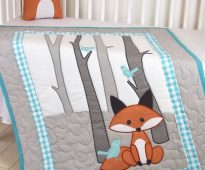 Choosing a blanket for a newborn
Choosing a blanket for a newborn
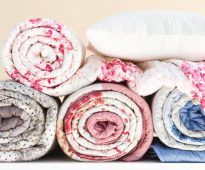 Choosing a warm blanket
Choosing a warm blanket
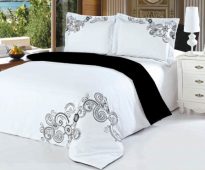 How often do I need to change bedding
How often do I need to change bedding
 How to fold a sheet on an elastic band
How to fold a sheet on an elastic band
 How to quickly fill the blanket in the duvet cover
How to quickly fill the blanket in the duvet cover
